360… Degrees? A symbol of our exponential growth as a global society devoted to the noble mission of Advancing Robotic Surgery and Education, for Our Patients, by Our Surgeons? An image of an altruistic goal that is achieved by #empoweringinexcellence? An analogy to the very nature that gave rise to our #intercontinental community of surgeons, trainees and medical students? A graphic representation of the return to our roots in our desire to transcend boundaries, languages, and barriers that block the growth of human beings in exchange for solidarity, compassion, selflessness, and service?
No. 360 represents the number of members and friends within the TROGSS family on the day this message was written, December 4th, 2024. It is a little over a year since TROGSS – The Robotic Global Surgical Society came to be under the leadership of a visionary President and founder who gave us a chance to dream, to transcend, to fulfill our potential by putting our talents to the service of our fellow surgeons and mentees. Today I am grateful, more than ever, for it is just the beginning, not the end of a trajectory full of challenges but with more abundant blessings and reasons to celebrate our successes, again, for Our Patients, by Our Surgeons.
1946… The year that the Baby Boom began? The point in time when the first electronic digital computer appeared in the market? The historic moment when the dreadful World War II officially came to an end?
No. 1946 refers to how many respectable followers and subscribers have been actively checking our official LinkedIn page for updates, posts, announcements, manuscripts produced by our members, and conference news where we have taught and participated, while patiently awaiting the launch of our website today.
We have truly become a society whose essence remains pure and dignified as long as our members continue to serve one another and promote each other’s careers, education, and growth as human beings. This is the treasure of TROGSS, #thisiswhoweare: a family that stands united and promotes the democratization of #surgicaleducationforall in a system where surgeons finally educate surgeons, with industry as a respected and welcomed partner, but not as the driver of our training and growth as surgical professionals.
Gratitude is a powerful word that represents one of the most underestimated yet impactful and transcendent forces of nature. On a deeply personal note, I am infinitely grateful to God for His presence, guidance, wisdom and blessings upon my life, my family, and TROGSS. Gratitude is essential in our current era, more than ever, as we face many obstacles ranging from natural disasters, to human calamities caused by wars and division, to an uncertain future that is marked by the rise of artificial intelligence and its countless implications and possibilities. In the midst of so much fear, we stand united, we stand firm, we support each other and aim to promote the wellbeing of our patients and ourselves by staying true to our nature, a nature of humanity and compassion.
On the special occasion of the launch of our website as a professional surgical society thanks to the heroic efforts from our leaders, I wish to give special thanks to our President Prof. Adel Abou-Mrad, who entrusted me just over a year ago with the humbling yet enormous responsibility and honor to serve each of you, my dear friends and esteemed members, as your CEO. I also want to thank Prof. Luigi Marano and Dr. Aman Goyal, Director and Co-Director of #robotictimezone, respectively, which is the official means of communication and information for TROGSS, our face, our tongue, our eyes, our soul.
I especially want to thank each of the 21 inspiring members of our #trogssexecutivecouncil who work alongside me and who have given so much of their talents and sacrifice to serve our society with love, without financial compensation for their valuable time and efforts, out of generosity and commitment to our cause. And of course, I want to especially thank Prof. Luis Osvaldo Suarez Carreon, Chair of the Membership & Engagement Committee, for his selfless support of our society by enabling us to see our website become a reality despite the challenges that arise from our nature as a non-for-profit organization that does not charge its members for the multiple benefits that it offers for free.
I could spend so many sentences and paragraphs writing as I thank each of you, my beloved friends and members, but all the space in the world wide web would not suffice to express how grateful I am to serve you and to learn from you every day as we continue to grow together. We have already accomplished so much, but #thebestisyettocome. Let us believe together that our future is bright and our present is within our grasp as our young and talented generation takes us farther than we ever imagined to reach. #thisishappening. #letsbepresent as the #trogssdiplomaticcorps.
Let us keep meeting in all continents, in so many different countries, as we attend and serve as faculty at educational events and conferences, big and small, to let everyone know as the #trogssambassadorsclub that we are here to stay. Let us promote, serve, educate, support, and show the world that we are TROGSS, that we are #oneglobalfamily that stands united and with a meaningful purpose.
Thank you, thank you, thank you, I cannot say it enough, from the bottom of my heart and from the core of my spirit. Thank you, God! Thank you, TROGSS!
With Gratitude,
Your CEO and Friend
Rodolfo J. Oviedo, MD, FACS, FRCS, FICS, FASMBS, DABS-FPDMBS
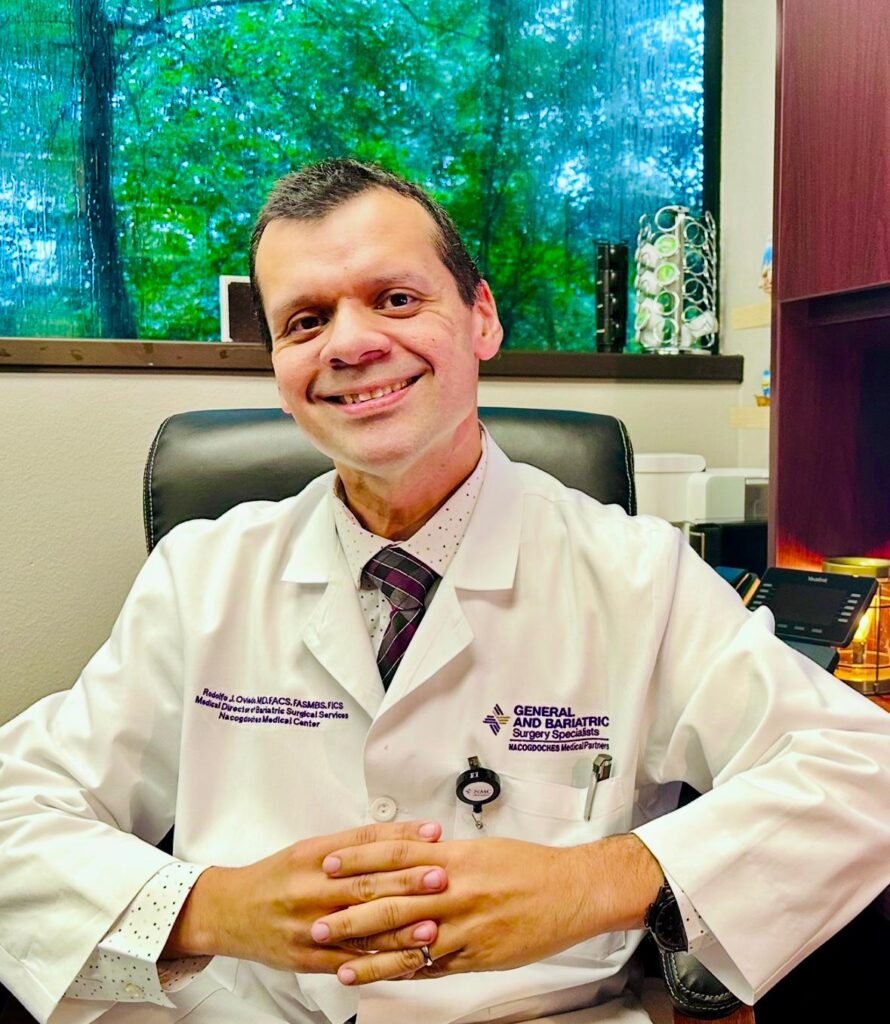
Dear TROGSS Members, Friends, and Supporters, it is with great pride and immense gratitude that I welcome you to Robotic Time Zone, a cornerstone of the TROGSS mission and a dedicated space where ideas, innovation, and connections converge. This platform is not just a means of communication—it is a sanctuary for robotic surgeons, trainees, and medical students worldwide. It is a room designed to foster knowledge exchange, fuel collaboration, and nurture the bonds of true friendship that transcend borders and disciplines.
As we launch this initiative, I envision Robotic Time Zone as much more than a section of TROGSS; it is a living, breathing ecosystem of growth and inspiration, where every conversation sparks an idea, every collaboration builds a bridge, and every achievement becomes a shared victory. It is a space where knowledge knows no boundaries, and the diversity of our global perspectives enriches the solutions we create for the future of robotic surgery.
Here, we are not limited by time zones or geographical borders. Instead, we are connected by a shared purpose and a relentless drive to push the boundaries of what is possible in surgical care. Whether it is through exchanging groundbreaking techniques, sharing lessons from challenges, or mentoring the next generation of surgeons, Robotic Time Zone is a place where we redefine the meaning of progress and excellence.
This platform is a reflection of our values: empathy, unity, and a commitment to continuous learning. It is not just about achieving professional milestones but about building a global family—a network of surgeons and scholars who inspire, support, and uplift each other. Here, we celebrate not only our individual achievements but also the collective strength of our community.
I am deeply grateful for the privilege of serving as the Director of this remarkable platform. I extend my heartfelt thanks to Dr. Aman Goyal, Co-Director of Robotic Time Zone, and to every member of the TROGSS Executive Council, whose dedication and selflessness make initiatives like this possible. I also express my gratitude to our visionary President, Prof. Adel Abou-Mrad, and our inspiring CEO, Dr. Rodolfo J. Oviedo, for their leadership and unwavering support of our collective mission.
Robotic Time Zone is a canvas for innovation, a space where surgeons educate surgeons, new ideas take shape, and the future of robotic surgery is written. It is a testament to the power of connection—to the belief that, together, we can achieve far more than any of us could alone.
This is a space where every member of TROGSS finds a voice and a purpose. It is a room where dreams turn into action, where curiosity fuels discovery, and where the extraordinary becomes attainable. Whether you join us to share your expertise, seek mentorship, or simply connect with like-minded professionals, know that this is your space, your global family, and your platform to grow, inspire, and lead.
Together, we are building something extraordinary. This is Robotic Time Zone: a room for innovation, for unity, and for dreaming big.
And as a final note, I want to remind you that Robotic Time Zone will always be active and updated, no matter where you are or what time it is. Because in this space, it is always the Robotic Time Zone.
Let us continue to meet, innovate, and inspire across continents and time zones. Let us use this space to elevate each other, to celebrate the art and science of surgery, and to transform the future of robotic care together.
With deep appreciation and excitement for what lies ahead,
Luigi Marano, MD, PhD, MSc
Director, Robotic Time Zone
The Robotic Global Surgical Society (TROGSS)
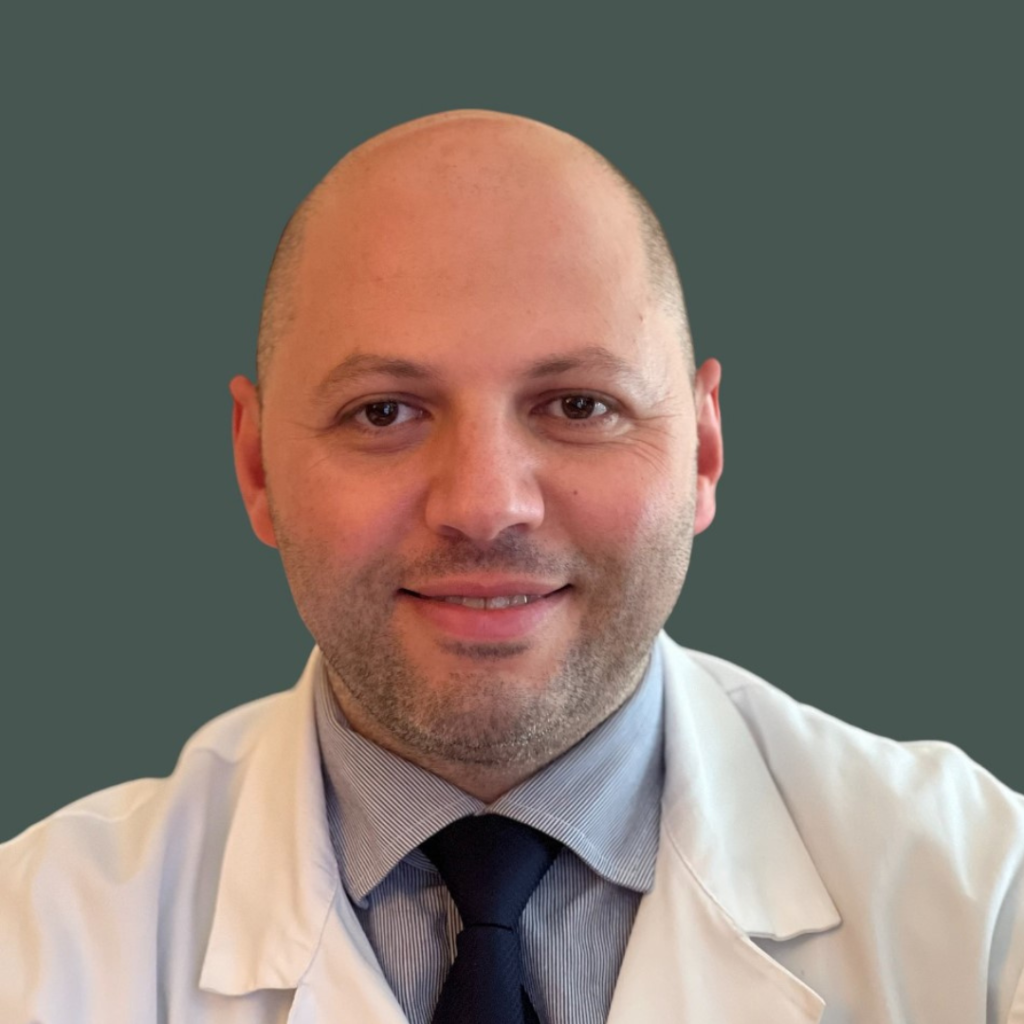
As Co-Director of Robotic Time Zone, it’s my privilege to introduce you to our global platform—a space created to bring the TROGSS family together, celebrate our achievements, and share our collective knowledge. Robotic Time Zone is everything; it’s a reflection of who we are—a vibrant community of surgeons, trainees, and students driven by a shared passion for advancing robotic surgery and education.
In every edition, we’ll take you through some of the most remarkable moments from TROGSS events, showcase innovative research, share valuable tips and tricks, and dive into compelling case discussions from operating rooms, with incredible editorials on recent research on Robotics across the globe. You’ll also find stories that inspire, resources to learn from, and voices that resonate with our mission of empowering excellence.
At its core, RTZ is about connection, lifelong learning, everything you need to excel in the field of Robotics. It’s about celebrating the talent, dedication, and creativity within our society and keeping us all inspired as we work together to shape the future of surgery.
Thank you for being a part of this journey. I can’t wait for you to explore what we’ve created together.
Your Friend,
Dr. Aman Goyal
Co-Director of Robotic Time Zone
Chair, Medical Student Committee
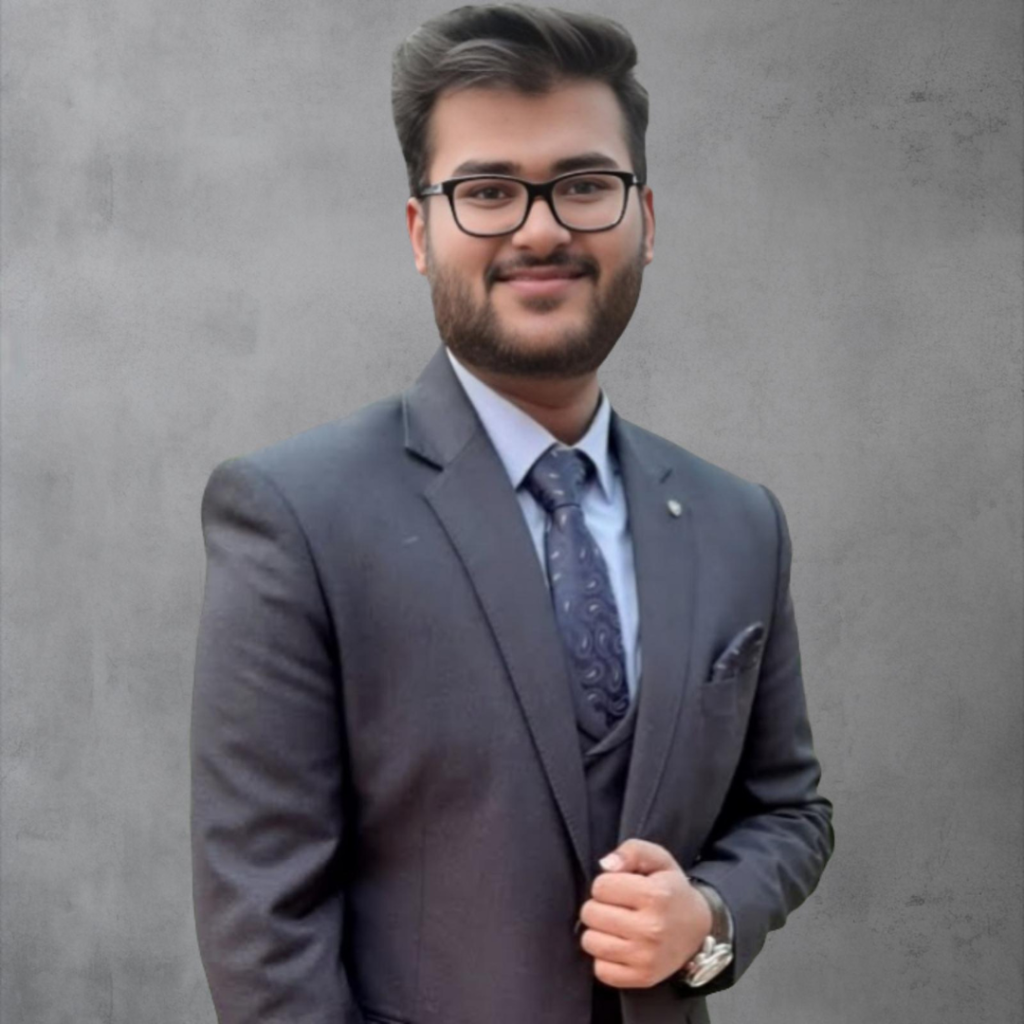
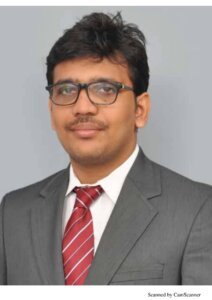
Robotic-assisted surgery has revolutionized the treatment of abdominal wall hernias, providing a minimally invasive alternative to both traditional open and laparoscopic techniques. The robotic platform offers unique advantages in visualization, precision, and ergonomics, addressing many of the limitations faced during laparoscopic hernia repairs. This article delves into the benefits of robotic surgery for abdominal hernias, highlighting its transformative impact on defect closure, mesh placement, and patient outcomes.
Key Challenges in Abdominal Hernia Repairs
Abdominal hernias, whether located in the upper or lower abdomen, present unique challenges due to anatomical constraints and the complexity of the surrounding structures:
Upper Abdominal Hernias: These are complicated by the proximity to the rib cage, diaphragm, and xiphoid process, which limit the ability to mobilize musculofascial tissue and secure mesh placement.
Lower Abdominal Hernias: These involve areas like the bladder, pelvic rim, and suprapubic region, requiring precise dissection and mesh placement without compromising critical structures.
While laparoscopic techniques have improved outcomes compared to open surgery, they are hindered by limited instrument mobility, two-dimensional visualization, and ergonomic strain on the surgeon. Robotic surgery overcomes these barriers, offering unparalleled advantages.
Advantages of Robotic Surgery Over Laparoscopy
1. Enhanced Visualization and Precision
2.Ergonomics and Surgeon Comfort
3.Superior Defect Closure
4.Optimized Mesh Placement
5.Safer Adhesiolysis
6. Patient-Centered Benefits
Robotic Repair of Upper Abdominal Hernias
Upper abdominal hernias are difficult to repair due to limited mesh fixation points above the costal margin and restricted access to the subxiphoid and retroxiphoid spaces for defect closure.
Robotic Techniques
1.Single-Dock Retromuscular Repair:
2.Double-Dock Retromuscular Repair:
The robotic approach facilitates procedures that mimic open techniques but with minimally invasive benefits. TAR is particularly beneficial for large defects, as it provides greater mobility of the rectus muscles and improved defect closure.
Robotic Repair of Lower Abdominal Hernias
Lower abdominal hernias, especially those near the suprapubic region, require careful navigation around the bladder and pelvic structures and spaces like Bogros and Retzius.
Robotic Techniques
1.Intraperitoneal Onlay Mesh (IPOM) After Primary Closure:
Steps:
Advantages are that robotic is effective for midline and lateral defects, reducing postoperative pain and enhancing mesh stability.
2.Preperitoneal Mesh Repair (Robotic TAPP):
Steps:
Advantages:
3.Suprapubic Hernias:
Robotic surgery simplifies dissection in the spaces of Bogros and Retzius, enabling safe mobilization of the bladder. Mesh is secured to Cooper’s ligament and the pelvic rim using sutures, ensuring durable repair.
Conclusion
Robotic-assisted surgery represents a paradigm shift in the repair of abdominal wall hernias, offering significant advantages over laparoscopic techniques. By combining the precision of advanced instrumentation with enhanced visualization, the robotic platform enables safer, more effective defect closure and mesh placement. These benefits translate into improved patient outcomes, reduced complications, and faster recovery times. As technology continues to evolve, robotic surgery is set to become the gold standard for complex hernia repairs, ensuring both technical excellence and patient-centered care.

Participants from the TROGSS Intercontinental Training Program (ITP) are sharing remarkable feedback, proof of how impactful structured exposure to robotic, laparoscopic, and endoscopic surgery can be. When asked, “How did the program enhance your knowledge in robotic, laparoscopic, and endoscopic surgery?”, they answered with enthusiasm highlighting the real-world impact of expertly guided training:


— 𝐷𝑟. 𝑆𝑎𝑚𝑖𝑎 𝑂𝑢𝑠𝑜𝑢𝑠𝑠 (𝑂𝑏𝑠𝑒𝑟𝑣𝑒𝑟𝑠ℎ𝑖𝑝, 𝑇𝑒𝑥𝑎𝑠, 𝑈𝑆𝐴)

— 𝑃𝑟𝑜𝑓./𝐷𝑟. 𝐸𝑙𝑒𝑛𝑎 𝑅𝑢𝑖𝑧-𝑈́𝑐𝑎𝑟 (𝑉𝑖𝑠𝑖𝑡𝑖𝑛𝑔 𝑃𝑟𝑜𝑓𝑒𝑠𝑠𝑜𝑟𝑠ℎ𝑖𝑝, 𝐷𝑒𝑡𝑚𝑜𝑙𝑑, 𝐺𝑒𝑟𝑚𝑎𝑛𝑦)

— 𝐷𝑟. 𝐴𝑝𝑖𝑐ℎ𝑎𝑟𝑡 𝐾ℎ𝑜𝑚𝑝𝑟𝑎𝑠𝑒𝑟𝑡 (𝐹𝑒𝑙𝑙𝑜𝑤𝑠ℎ𝑖𝑝, 𝑂𝑠𝑎𝑘𝑎, 𝐽𝑎𝑝𝑎𝑛)


— 𝑃𝑟𝑜𝑓./𝐷𝑟. 𝐴𝑑𝑜𝑙𝑓𝑜 𝑃𝑒𝑟𝑒𝑧𝑏𝑜𝑛𝑒𝑡 (𝑉𝑖𝑠𝑖𝑡𝑖𝑛𝑔 𝑃𝑟𝑜𝑓𝑒𝑠𝑠𝑜𝑟𝑠ℎ𝑖𝑝, 𝑇𝑒𝑥𝑎𝑠, 𝑈𝑆𝐴)

— 𝑃𝑟𝑜𝑓./𝐷𝑟. 𝐿𝑢𝑖𝑠 𝑂𝑠𝑣𝑎𝑙𝑑𝑜 𝑆𝑢𝑎𝑟𝑒𝑧 𝐶𝑎𝑟𝑟𝑒𝑜𝑛 (𝑉𝑖𝑠𝑖𝑡𝑖𝑛𝑔 𝑃𝑟𝑜𝑓𝑒𝑠𝑠𝑜𝑟𝑠ℎ𝑖𝑝, 𝑇𝑒𝑥𝑎𝑠, 𝑈𝑆𝐴)


— 𝐷𝑟. 𝑆𝑡𝑒𝑝ℎ𝑒𝑛 𝑁𝑔 (𝑂𝑏𝑠𝑒𝑟𝑣𝑒𝑟𝑠ℎ𝑖𝑝, 𝑂𝑠𝑎𝑘𝑎, 𝐽𝑎𝑝𝑎𝑛)

— 𝐷𝑟. 𝑆𝑒𝑒𝑚𝑎𝑏 𝑀𝑒ℎ𝑚𝑜𝑜𝑑 (𝑂𝑏𝑠𝑒𝑟𝑣𝑒𝑟𝑠ℎ𝑖𝑝, 𝑇𝑒𝑥𝑎𝑠, 𝑈𝑆𝐴)

From Texas (USA) to Mexico City, Orléans (France), Luxembourg, Osaka (Japan), Florencia (Colombia), Detmold (Germany), and Guayaquil (Ecuador), our 8 affiliated centers continue to deliver top-tier mentorship, hands-on training, and cultural exchange.
As the Assessment & Quality Controller for this Intercontinental Training Program, under the leadership of our Chair Dr.Vikas Jain and Co-Chair Dr. Christian Adrian Macias, I’m excited for how far this program has come and for what’s ahead.
#TROGSS #RoboticSurgery #Laparoscopy #Endoscopy #GlobalSurgery #SurgicalInnovation #MedicalEducation #SurgeonTraining
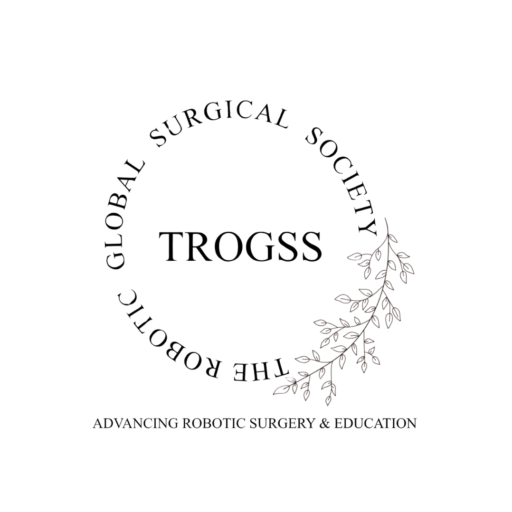
Advancing Robotic Surgery and Education, for Our Patients, by Our Surgeons
Copyright 2025 © TROGSS